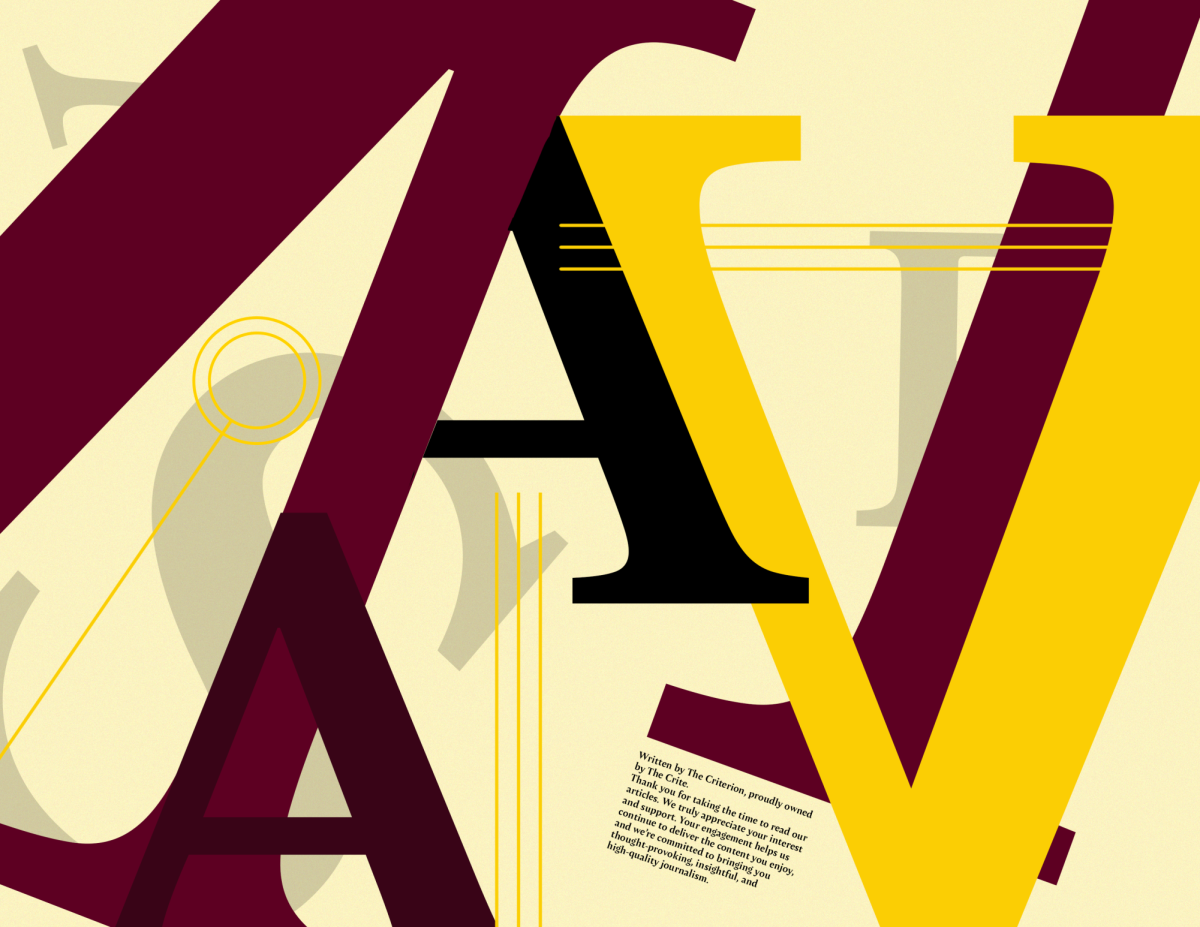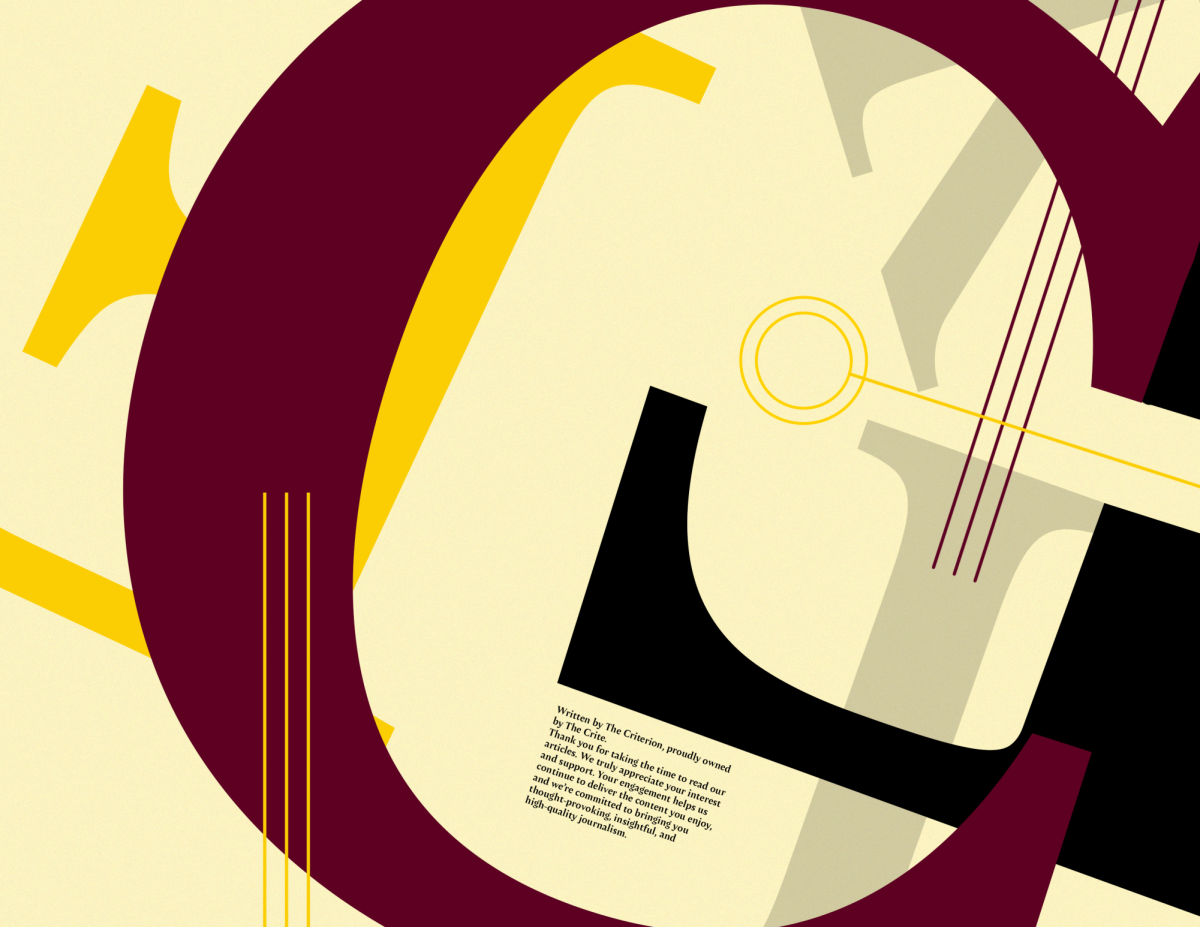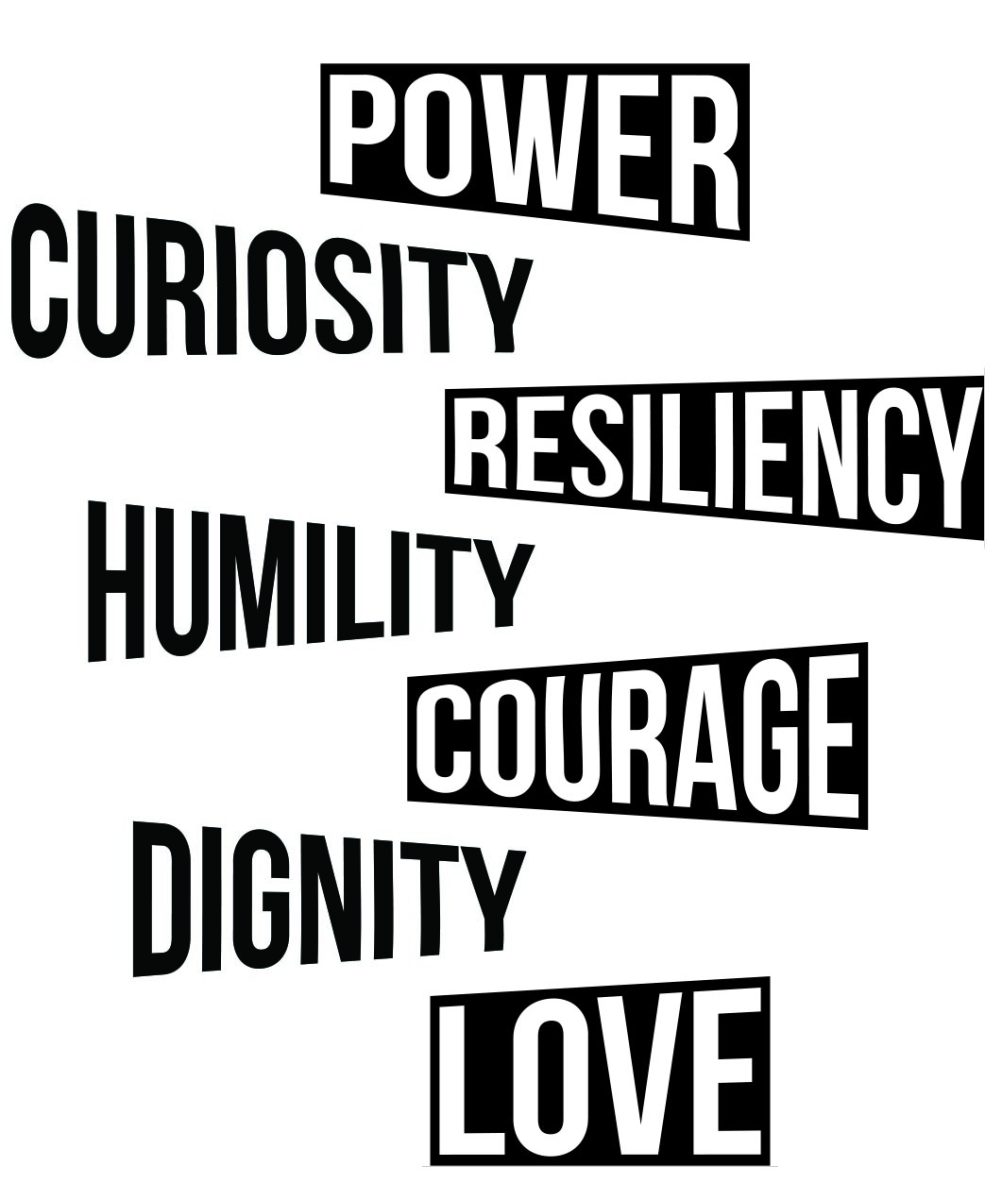Colorado Mesa University has every reason to keep students engaged on campus. A positive social experience alone will keep some students enrolled, possibly for a full four years. More students enrolled means more money, and more money means more students can be reached to come to CMU in the first place. Over a million dollars is pumped into student organizations and events a year, and yet, the student body has no clue what event is happening on a daily basis.
It may seem that The Criterion won’t stop harping on event attendance and campus participation. However, this is merely because these are both complex issues with more than one root cause. While we’ve addressed the administration’s role, the students’ role and even our own role as your campus newspaper in contributing to this problem, there is also a simpler solution to consider.
Is it possible that more students don’t attend events because they don’t know they’re happening in the first place?
CMU has a couple of outlets regarding campus events, including the Stall Street Journal and flyers. Some of these student events also appear on Facebook, though most are difficult to find and involve a concentrated search of weekly events. And now that CMU has discontinued the distribution of physical event calendars on campus, what are students to do?
Both Student Life and Associated Student Government have made it clear they believe clubs and other campus organizations work hard to put on events for the students. But, what good are these events if they’re not just inadequately advertised, but also missing from the CMU main website calendar?
The website calendar includes a few events, usually from the Programming Activities Council (PAC), but the majority of this calendar is dedicated to academic deadlines. This information is certainly useful, but it doesn’t do anything to help with the fact that students on campus seem to be generally uninformed regarding what club events are out there.
If one wants to find out when athletic games are, they are encouraged to visit the CMU Mavericks Facebook page, and that page does not even include last Saturday’s home football game. Athletics also has a calendar on their site, but does not label games by sports, so only those up-to-date on games can decipher it.
In order to support CMU’s performing arts, they will either have to find their Facebook page and get the details, or search for the relevant pages on the university website. Currently, no performances are advertised on the university’s main calendar.
Possibly the most inclusive and up-to-date calendar with regard to student-run events is on Orgsync. But, no one other than organization leaders is likely to use this platform. The general student demographic does not, and will not, take the time to login to a separate page just to see what’s going on around campus. This calendar can also be found on the Student Life page on the university website.
There’s an easy solution to this headache: a consolidated, accessible calendar that contains departmental, club, organization and athletic events.
If a calendar such as this was linked to the school’s website directly, students could go to one place to find out when the football game is, what time the ASG tailgate before it starts and if PAC is putting on a movie night later that evening or not. When looking for one event, students could stumble upon others.
The current calendar system feels as disconnected as the student body itself. A PAC event could and should be found in the same place as a theatre performance and a volleyball game. Students should not have to like multiple Facebook pages and search various pages on the university website to become an engaged Maverick. If the university wants to keep students in the know, in the seats at games and performances, and at CMU, they need to consolidate.








